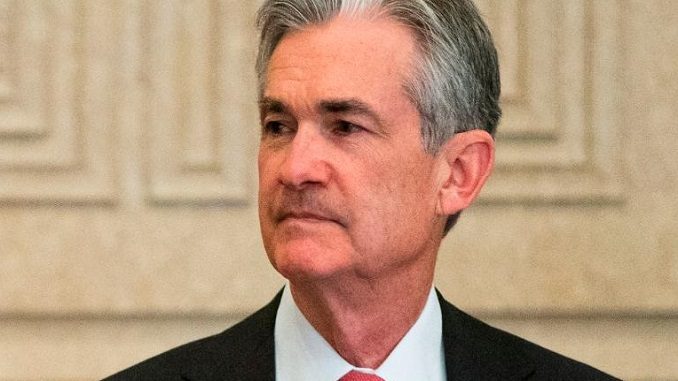
Home price gains are accelerating at an alarming pace, fueled by Covid pandemic-related inflation, which some claim is not getting enough attention from the Federal Reserve, CNBC informed.
Home prices nationally in January rose 11.2% year over year, according to the latest S&P CoreLogic Case-Shiller Index. That is the largest annual gain in nearly 15 years.
As a comparison, annual price gains were 10.4% in December, 9.5% in November, 8.4% in October, 7% in September, 5.8% in August and 4.8% last July. In January 2020, the annual gain was just 3.9%, and the monthly moves were in small fractions, not whole percentage points.
“In more than 30 years of S&P CoreLogic Case-Shiller data, January’s year-over-year change is comfortably in the top decile. That strength is reflected across all 20 cities,” noted Craig Lazzara, managing director and global head of index investment strategy at S&P Dow Jones Indices. “January’s price gains in every city are above that city’s median level, and rank in the top quartile of all reports in 18 cities.”
The main reason home prices are now rising so quickly is that strong demand butting up against record low supply. Bidding wars for homes are now the rule, not the exception.
But mortgage rates are also playing a key role, one engineered by the Federal Reserve.
While rates are rising slightly now, they are still near historic lows, having set more than a dozen new lows last year. Mortgage rates loosely follow the yield on the 10-year Treasury note, which has fallen dramatically during the pandemic. Mortgage rates are also influenced by the purchases and yields of agency mortgage-backed securities, or MBS. These purchases provide the mortgage market with liquidity.
The Federal Reserve had been tapering its purchases of MBS in order to normalize the market after the last recession, but it turned that taper around last March with the onset of the pandemic. It now owns more than a third of the MBS market.
At the start of 2019, the Fed held $1.6 trillion in agency MBS. It tapered that down to $1.37 trillion by mid-March of 2020. Then, when the economy and housing market were suddenly in Covid free fall, the central bank began buying more again. As of last week, the Fed held $2.2 trillion of agency MBS.
“They’ve continued on autopilot. I don’t think there’s been any discussion within the Fed. The Fed is just afraid to change because they don’t want it to be seen as a form of taking their foot off the pedal,” said Peter Boockvar, chief investment officer at Bleakley Advisory Group.
The housing market has, in turn, blasted off. The stay-at-home culture of the pandemic hit consumers literally where they live, and demand for housing has yet to ease up. Low mortgage rates only added fuel to the fire.
“Again, why is the Fed still buying MBS? As home price changes are not included in either CPI or PCE, the question is when and how this filters into imputed rent, but inflation is real for those looking to buy a home,” said Boockvar. “The Fed again is responsible for pricing out first-time buyers.”

Be the first to comment